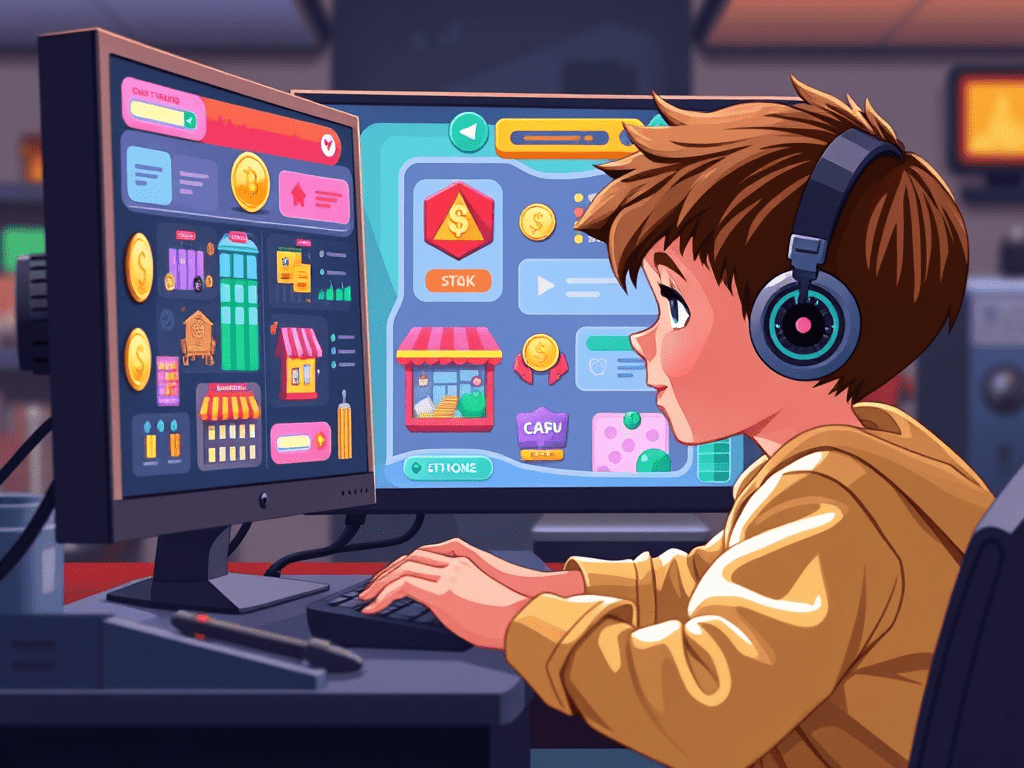In a time where lemonade stands and paper routes are fading into nostalgia, today’s kids are discovering business fundamentals not through spreadsheets—but through screens. From building empires in sandbox games to managing virtual stores and earning digital currency, young players are developing an entrepreneurial mindset earlier than ever before. And it’s not just play—it’s low-risk, high-reward learning in disguise.
Virtual Currencies, Real Lessons
One of the clearest signs that gaming has become a training ground for future business leaders is how kids interact with in-game economies. They’re budgeting digital currency, managing assets, and learning about opportunity cost without ever stepping into a classroom. Roblox, in particular, has created an ecosystem where users can not only play games but also create and monetize them.
To fuel these experiences, players often turn to digital options to top up their currency. For example, many parents and gamers alike now choose to buy Roblox Robux gift card as a convenient way to empower kids in-game without handing over direct payment methods. These gift cards not only keep spending safe but also teach budgeting—children quickly learn how far their Robux can stretch and make choices accordingly.
Designing, Selling, Earning—All in One Place
The creativity Roblox enables goes far beyond skin customization. Young developers can design full-fledged games, craft virtual clothing, and even set prices for the items they sell. As they receive feedback from peers or iterate on their creations, they’re absorbing essential skills in product development, marketing, and customer engagement—all while having fun.
What’s fascinating is how this exposure mirrors real-world marketplaces. Players assess supply and demand, monitor trends, and make decisions based on their in-game analytics. It may look like child’s play, but these kids are unknowingly practicing the fundamentals of business strategy and e-commerce.
From Gamer to Creator
This shift from passive gaming to active creation reflects a broader digital shift. It’s one thing to play a level—it’s another entirely to build it. Roblox’s platform encourages users to move from consumer to creator, a leap that’s key in understanding the dynamics of business.
Whether it’s pricing a new in-game item or setting up a virtual storefront, the trial-and-error process kids engage in helps them understand value creation. They’re testing business models, adapting their approaches, and learning resilience—without even realizing it.
The Power of Safe Digital Spending
Letting children experiment with digital currency might sound risky at first, but structured tools like gift cards offer a solution. These prepaid options create a safe spending boundary and encourage thoughtful choices. Instead of racking up credit card bills, kids are given a set amount, helping them treat their digital funds as finite resources—just like in real life.
As a result, they begin to grasp ideas like saving, prioritizing, and investing in long-term returns (like game passes or upgrades that benefit them in the long run). It’s microeconomics meets Minecraft—and it works.
Gaming as the New Classroom
The idea that gaming is mindless fun is outdated. Platforms like Roblox have become informal classrooms where kids not only play, but also pitch, plan, and profit. They’re gaining hands-on exposure to digital commerce, design thinking, and entrepreneurial risk-taking—all while navigating safe, age-appropriate environments.
And when families want to support that kind of learning in a controlled way, digital marketplaces like Eneba provide a practical entry point. Buying a Roblox gift card becomes more than just a game upgrade—it’s a tool that nudges kids one step closer to understanding the value of earning, spending, and creating in a digital-first world.

